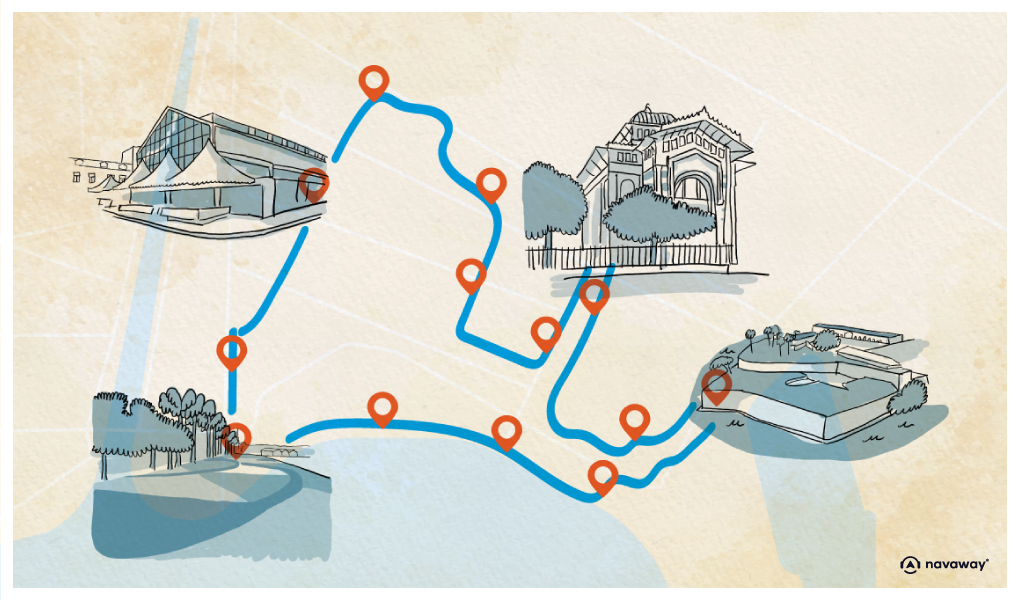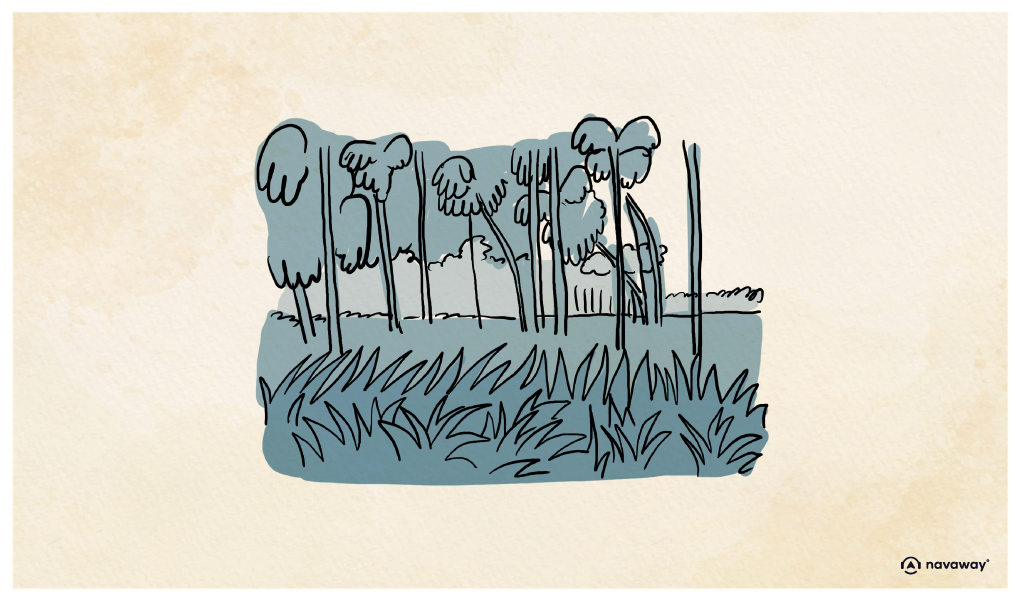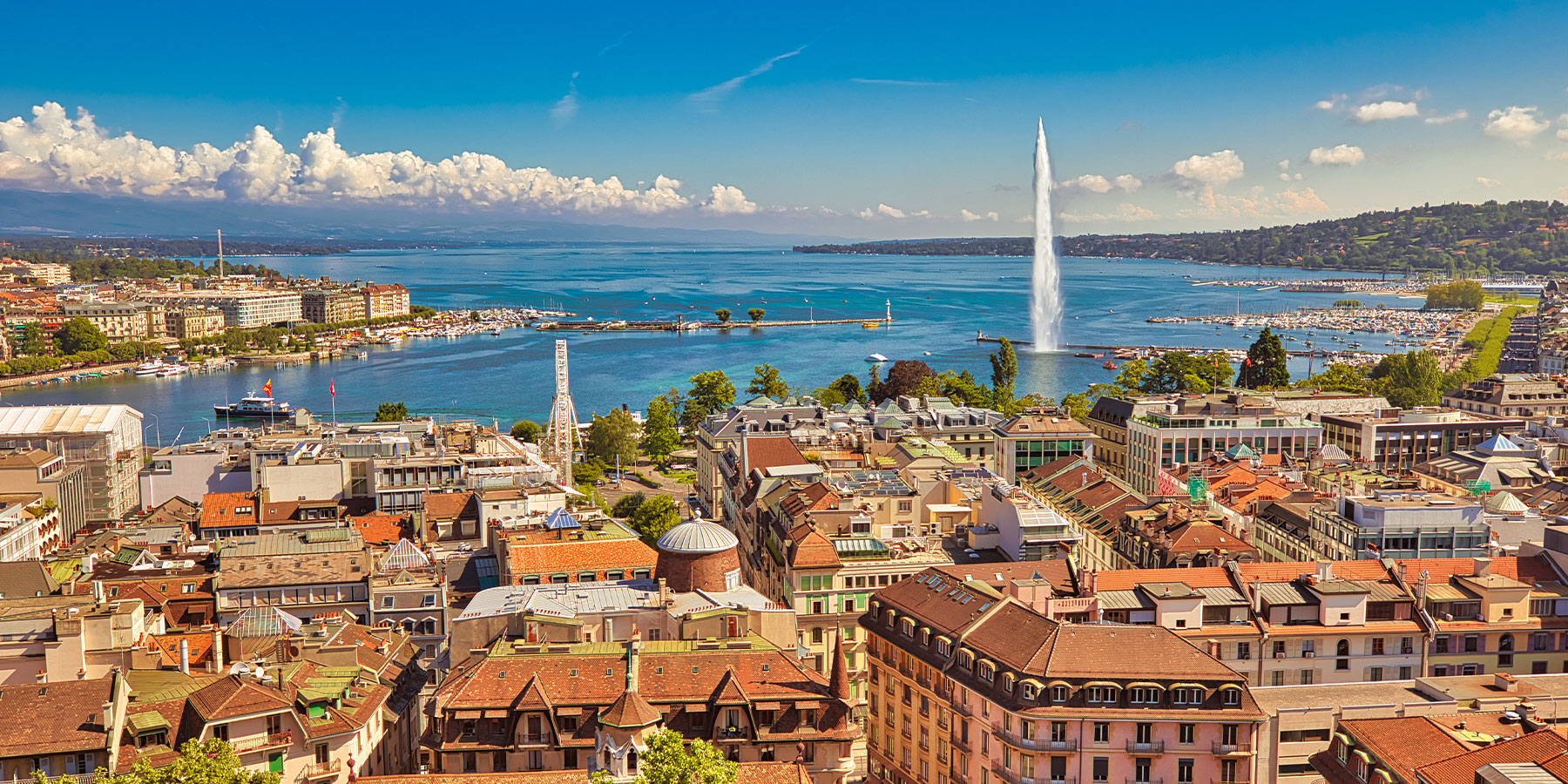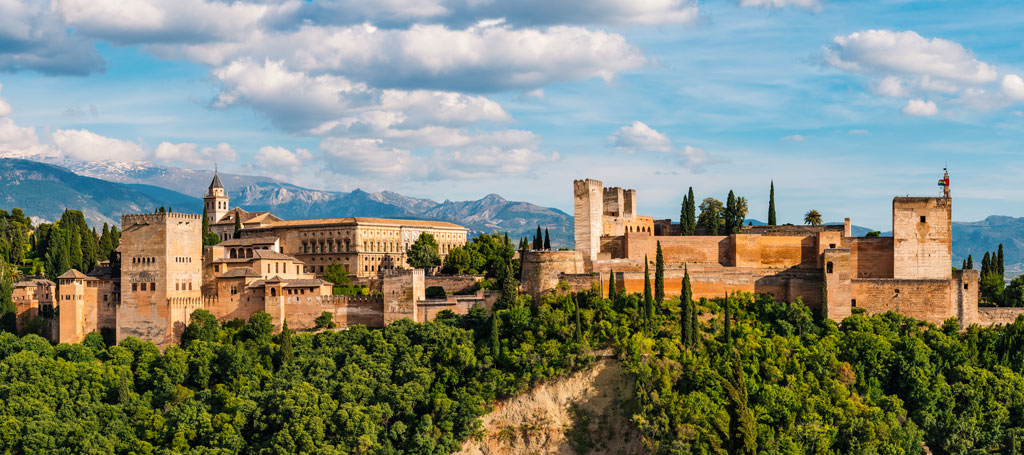
La Savane

This point of interest is available as audio on the tour: Visit Fort-de-France, Welcome to the Island of Flowers
You’re walking alongside La Savane, a five-hectare park nestled between the city, Fort Saint-Louis, and the sea. This vast green space has long been at the heart of life in Fort-de-France. Yet, originally, it was little more than a marshland, swallowed by the sea and mangroves. It wasn’t until the 18th century that the area was developed into a military parade ground for the soldiers stationed at Fort Saint-Louis. Over time, the locals began to make it their own, delighted to have a place to stroll and relax. Then in 1830, under the reign of Louis-Philippe, it shed its military role and was transformed into a public garden. It was named the “King’s Garden,” and a variety of plants from Martinique and across the Caribbean were introduced. In 1859, a five-metre-high Carrara marble statue of Joséphine de Beauharnais—Napoleon Bonaparte’s first wife—was added. Sculpted by Vital Dubray, it was placed facing the town of “Les Trois Îlets”, Joséphine’s birthplace. In 1891, a devastating cyclone swept across the island, leaving the garden in ruins. Over the years, the city gradually restored it, and in 1935, the park was expanded to commemorate 300 years since the beginning of French colonisation in Martinique. Around this time, a bronze statue of Pierre Belain d’Esnambuc—the first Norman colonist to settle on the island—was also installed. Once again, La Savane became the city’s go-to gathering place, hosting official ceremonies and public events—including General de Gaulle’s visit in 1965. In 1970, Aimé Césaire, then mayor of Fort-de-France, made the decision to relocate these symbolic colonial monuments in response to growing public sentiment. Still, you won’t find either of them here today. In 1991, Joséphine’s statue was symbolically beheaded—an eerie reminder that she herself escaped the guillotine. While some locals considered her a figure of pride, many others viewed her as a symbol of oppression. Joséphine was the daughter of a wealthy sugar plantation owner who enslaved more than 300 people. Historical accounts suggest she influenced Napoleon to reinstate slavery in 1802, following its abolition during the French Revolution. Then in 2020, the statue of Pierre Belain d’Esnambuc was torn down by activists, soon followed by what remained of Joséphine—part of a broader movement to remove controversial symbols from public spaces. Today, La Savane has found a new rhythm. Locals and visitors alike come here to unwind, take a leisurely walk, or enjoy a sweet treat from the kiosks tucked among mango and tamarind trees. But enough history for now—go on and enjoy the park!


Discover Fort-de-France with app
An interactive guide through the most beautiful streets, squares, and districts
14 fun audioguides full of historical facts, anecdotes, and legends





Comments